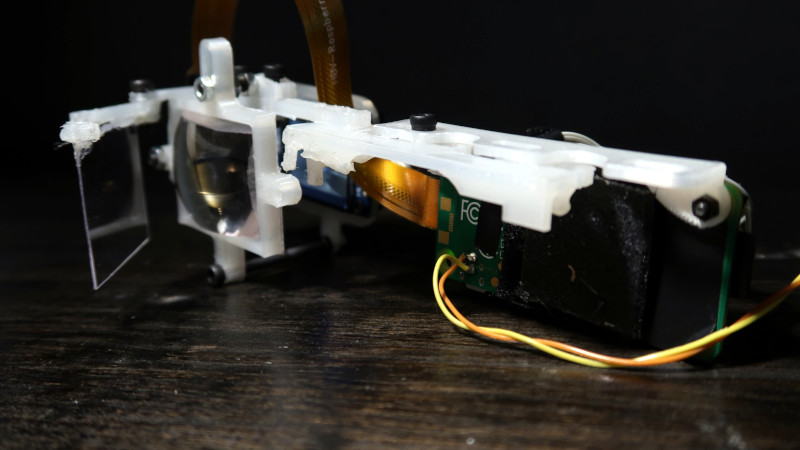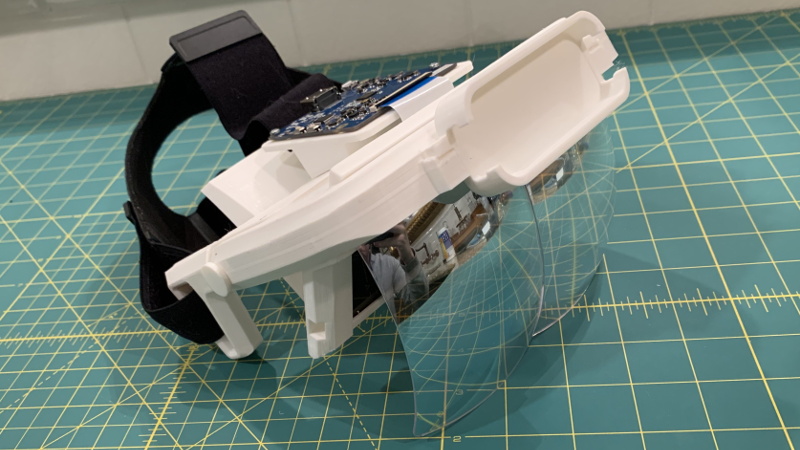3D Printed Smart Glasses Put Linux in Your Face

Unimpressed by DIY wearables powered by dinky microcontrollers, [Teemu Laurila] has been working on a 3D printed head-mounted computer that puts a full-fledged Linux desktop in your field of view. …read more Continue reading 3D Printed Smart Glasses Put Linux in Your Face


